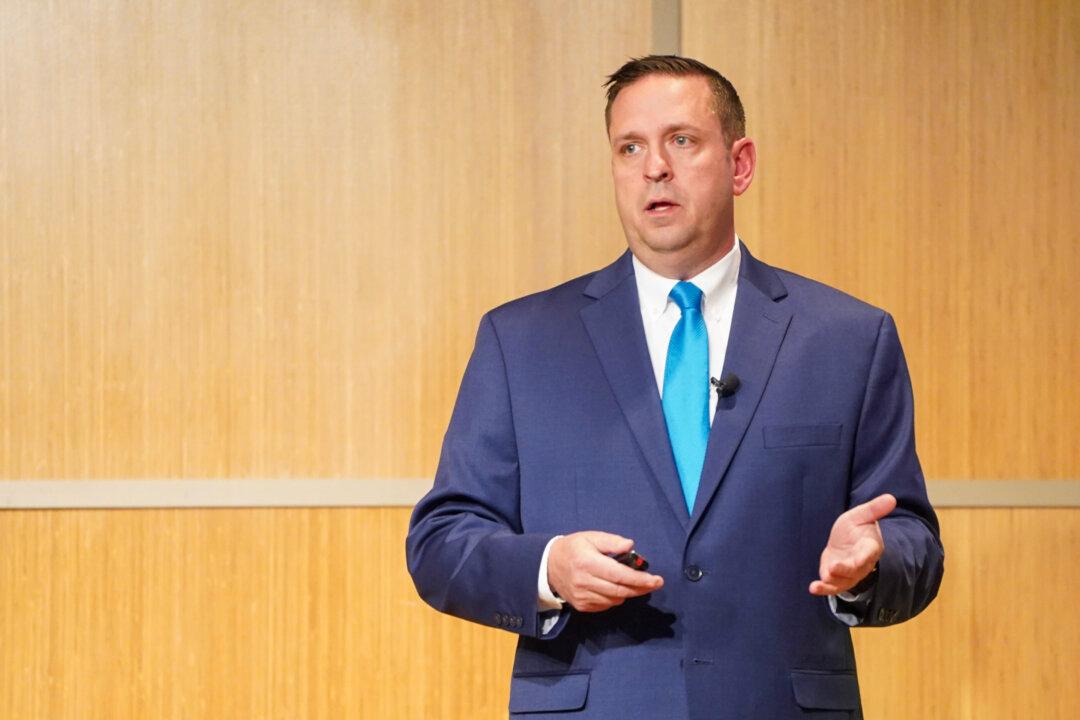CHICAGO—Jonathan Watkins was changing the diaper of his 6-month-old, Jonylah, leaning over her on the backseat of his car. He picked her up and kissed her, as bullets whizzed right through her.
He woke up in hospital, his baby dead and his own body healing from three gunshot wounds. The shooter had a grudge against Watkins for an alleged break-in. Rev. Corey Brooks was at Watkins’s bedside when he awoke.





